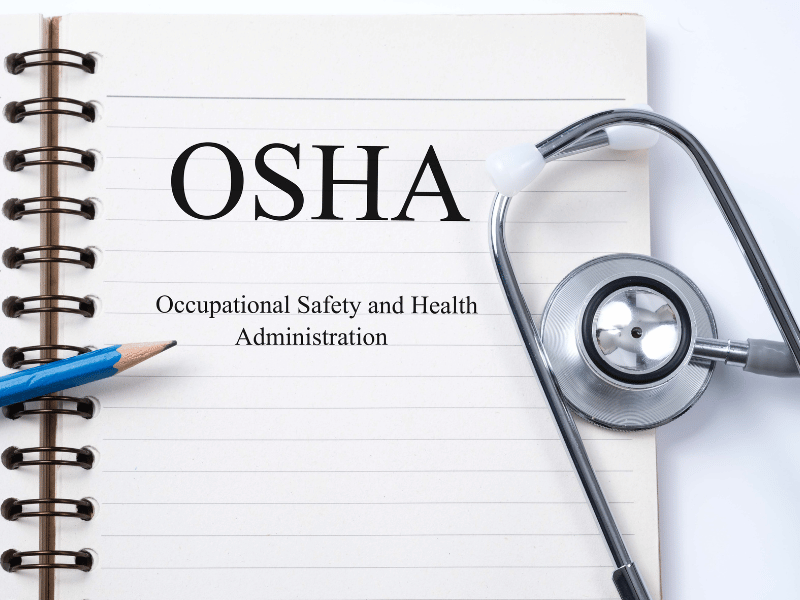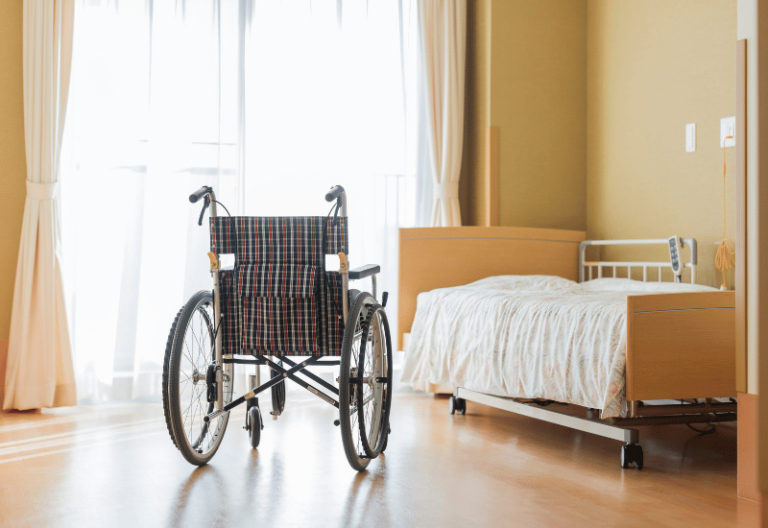Healthcare facilities uphold strict standards to ensure their workers’ and patients’ safety and well-being. These standards follow OSHA guidelines, so there is a specific benchmark for compliance instead of leaving it up to the facility, clinic, medical office, or nursing home.
So, what exactly do OSHA standards for healthcare facilities imply?
Table of Contents
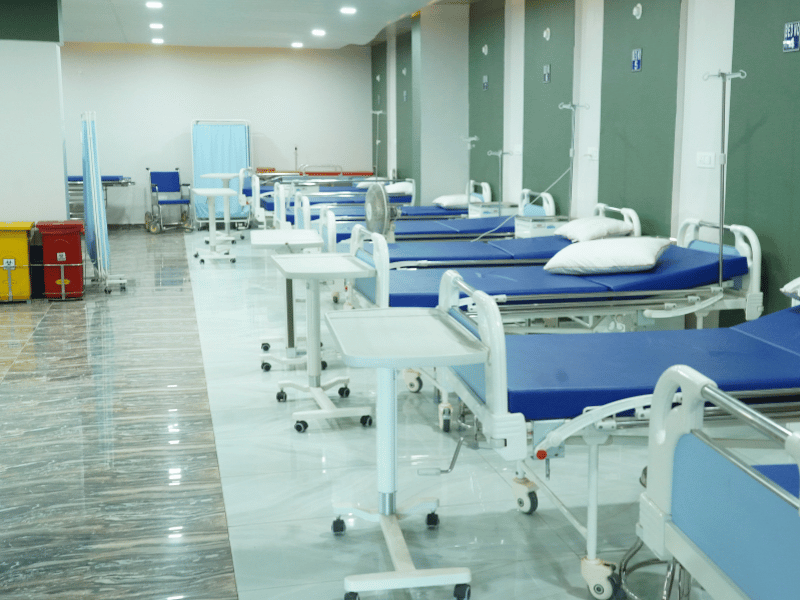
Importance of OSHA Standards in Healthcare Facilities
OSHA regulations for hospitals and other healthcare facilities address the healthcare industry’s unique occupational safety and health risks. Healthcare workers face various hazards in their daily tasks, including exposure to bloodborne pathogens, hazardous chemicals, and infectious diseases.
Complying with OSHA standards protects both workers and patients. Healthcare facilities can reduce work-related illnesses, injuries, and deaths by minimizing hazards and ensuring safe conditions at work. While the standards are strict and detailed, they can help healthcare facilities become more efficient and productive.
Specific OSHA Regulations for Healthcare Facilities
Below is a summary of each OSHA safety standard for healthcare, mainly from Title 29 of the Code of Federal Regulations (29 CFR). Carefully reviewing the original documents is best so you don’t miss important guidelines.
Bloodborne Pathogens – 29 CFR 1910.1030
This standard addresses the risks associated with bloodborne pathogen exposure. These pathogens include human immunodeficiency virus (HIV), syphilis, malaria, hepatitis B, and hepatitis C. The standard includes:
- Provisions to create an Exposure Control Plan
- Using universal precautions to prevent contact with blood or infectious materials
- Providing accessible handwashing facilities and free personal protective equipment (PPE) to employees
Hazard Communication – 29 CFR 1910.1200
Healthcare workers are often exposed to hazardous chemicals in the workplace. This standard protects them from these hazards that may cause illness and death. It requires employers to develop a written hazard communication program, which should include provisions on labels and warnings, safety data sheets, and employee training.
Respiratory Protection – 29 CFR 1910.134
This standard applies not only to healthcare but also to shipyards, marine terminals, long shoring, construction, and other employers in the general industry. It helps healthcare facilities develop and implement a respiratory protection program that guards against airborne contaminants and prevents the spread of aerosol-transmissible diseases (ATP).
You can refer to the OSHA Hospital Respiratory Protection Program Toolkit to learn more.
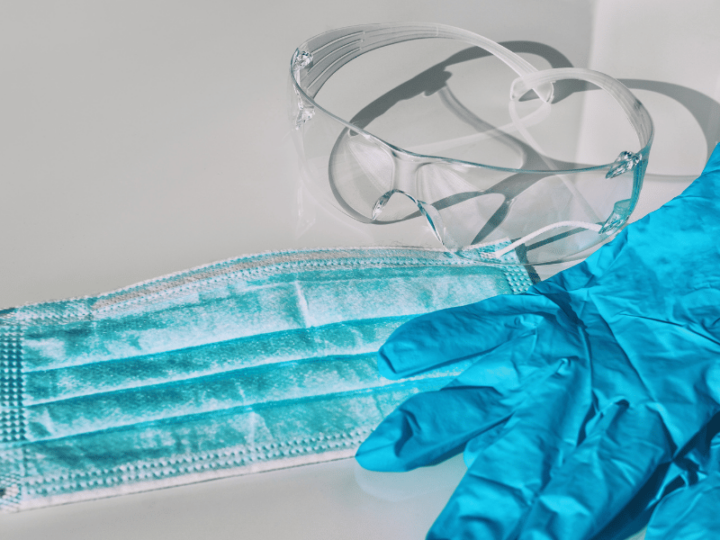
Personal Protective Equipment (PPE) – 29 CFR 1910.132
This standard ensures that employers will provide adequate personal protective equipment (PPE) to workers who may be exposed to environmental hazards, chemical hazards, radiological hazards, or mechanical irritants in the workplace. PPEs include protective clothing, respiratory devices, protective shields and footwear, gloves, masks, and eye protection. If an employee provides their own PPE, employers are still required to check for the PPE’s adequacy, maintenance, and sanitation.
Electrical Safety – 20 CFR 1910 Subpart S
This standard addresses electrical safety requirements in buildings, structures, and premises, including healthcare facilities. Mobile homes, carnivals, yards, parking lots, recreational vehicles, industrial substations, conductors connected to an electricity supply, and other outside conductors are also covered. The standard covers four major areas:
- Design safety standards for electrical systems
- Safety-related work practices
- Safety-related maintenance requirements
- Safety requirements for special equipment
COVID-19 – Guidance on Mitigating and Preventing the Spread of COVID-19 in the Workplace
While not part of 29 CFR or a formal regulation, this is a critical guidance document issued by OSHA. These guidelines aim to help employers protect unvaccinated, not fully vaccinated, and at-risk workers from COVID-19. It also implements new guidelines for vaccinated employees working in areas with high COVID-19 community transmission.
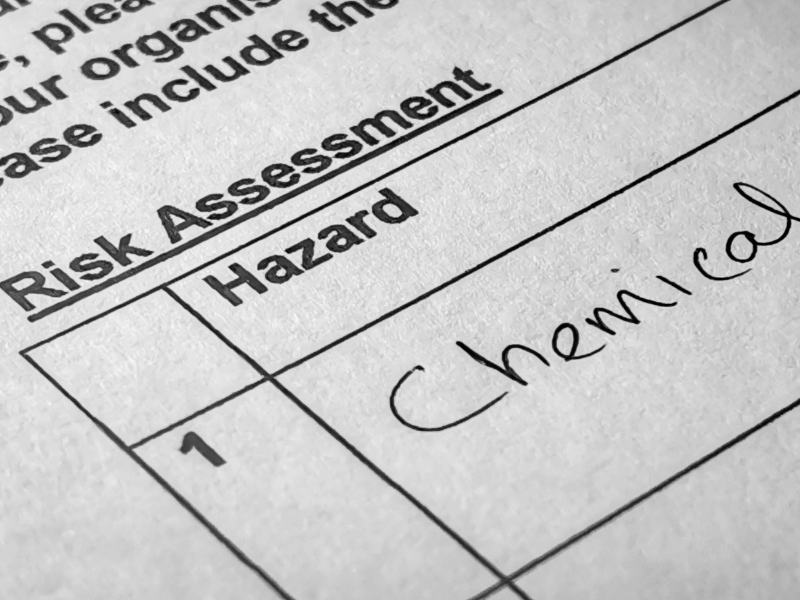
Implement Safety Measures in Healthcare Facilities
OSHA standards must be followed so that hospitals and other healthcare facilities can ensure a safe and violation-free workplace. These institutions must remain proactive and implement the following safety measures:
- Conduct risk assessments to identify workplace hazards
- Implement written safety policies tailored to the healthcare facility
- Provide employee training on OSHA regulations
- Inspect and maintain equipment and facilities
- Address health and safety concerns immediately
- Encourage feedback on workplace health and safety from employees
- Keep an OSHA 300 log of work-related injuries and illnesses
Ensure Compliance With OSHA Standards
OSHA standards are strict and detailed, but they help protect both employers and employees from workplace-related hazards. If healthcare facilities are serious about patient care and employee health and safety, then they should ensure compliance with OSHA standards.
Several key steps can help healthcare facilities comply with OSHA:
- Facilities should assess compliance with OSHA standards and identify critical areas that require improvement.
- There should be proper documentation of safety policies and training records in case OSHA conducts a compliance check.
- Hospitals and clinics must respond promptly to safety concerns and immediately address shortcomings.



